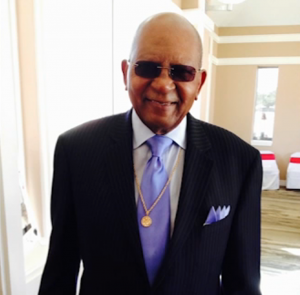This post originally appeared on EDF Voices.
Maria Harris is an Environmental Epidemi
If the risks, hardships and anxiety of life during a pandemic were not enough, my fellow northern Californians are now facing another health crisis.
As I write this, hundreds of wildfires are burning across the state, among them two of the largest ever in California. Together, the fires have burned more than 1.4 million acres, destroyed 2,800 homes and buildings, killed eight people and forced thousands to evacuate their homes.
On top of the acute risks to lives and homes, residents across the state are suffering from highly polluted air as massive plumes of smoke fill the skies above our homes.
Children, seniors and those with lung disease are especially vulnerable
As a mom of two young kids, it’s been a tough couple weeks of anxiously monitoring air quality data and maps to determine if and when it might be safe to go outside, while seeking information on how to keep my family healthy.
As an environmental health scientist, I know that wildfire smoke has been linked to a range of negative health impacts, including asthma exacerbation, which can lead to emergency room visits and hospitalizations, along with increased rates of heart attacks and even death. Children and pregnant women, as well as those with heart disease or respiratory conditions like asthma, are particularly vulnerable to the health impacts of wildfire smoke.










